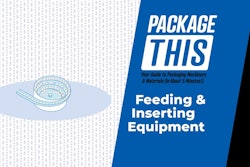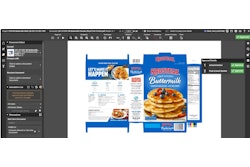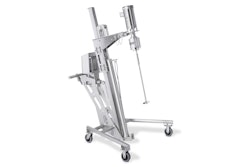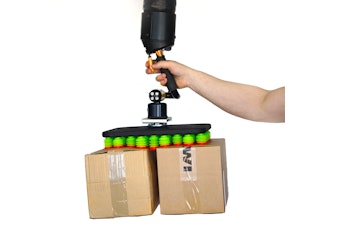Our confidence in a predictable future was badly shaken. Those terrible hours changed forever the way we think and feel. Another change is our inability or unwillingness to focus enough energy to think through the ramifications of actions as we look ahead. In no small way, that’s because the future now has a different context than what we had envisioned just several weeks ago. The short-term embodiment of this condition has been the canceling of personal travel, which has left airlines and lodging companies in a perilous position. Even worse, we’re doing it at work. Many companies, recognizing the downturn in the economy, have decided to place a moratorium on long-range expansion plans. Others have severely curtailed business travel, adding to the problem created by declining leisure travel. Although these may be logical, prudent policies in the aftermath of Sept. 11, how long we pursue this strategy must be constantly reevaluated. I participated in a conference call recently that included several people dialing in from remote locations because of travel cutbacks, while a number of people met at a meeting site. For the most part, it worked, but it’s not the same as face-to-face communications. As imperfect as that solution is long-term, the decline in travel has, in an unusual way, brought opportunity to many of our companies. The prices of many packaging materials have declined, just as raw materials costs have similarly dropped. In addition, interest rates are low, and consumer confidence has remained stronger than many expected. It seems particularly difficult today to make any real projections about our businesses down the road because so many factors, never before considered, now must be taken into account. But looking ahead is exactly what we need to do so that we’ll be able to develop the plans to carry out whatever that vision encompasses. For many of us, Sept. 11 and all of the emotions and feelings that date calls up have made it very uncomfortable to make plans for ourselves personally or for our companies. And, unless we correct this situation soon, not only do we hand the terrorists a small victory to which they’re not entitled, but we also threaten, individually and collectively, the economic recovery our nation needs. Maybe these feelings were inevitable, given the public vulnerability that most of us feel today, a feeling few of us had experienced before. Oh sure, our economy has been shaky, going back nearly a full year. And on top of that, many of us were watching our long-term investments—another measure of our future—melt away both before and after Sept. 11. That, too, contributes to the feeling that the future, individually or for our companies, is beyond our control. But hasn’t that always been so? Isn’t that why you don’t “describe” the future, you “predict” it? Because it’s really just an educated guess, backed up by whatever statistics and trends that underpin our belief, isn’t it? Is it more unpredictable today? Yes, because we have many more elements to consider. But on a worldwide basis, hasn’t this always been true? I recall an executive from Gerber Foods once explaining how his company decides how to do business in different areas of the world. Before deciding whether to enter a market in a certain country, the company performed a risk analysis report on that country. It examined that country’s marketplace, culture, economy, politics–virtually all the factors that would lead Gerber executives to make a rock-solid business decision about whether to build a Gerber plant, develop a partnership with a local company, or even avoid that market altogether. That’s what a lot of packaging people need to do now. We need to perform a risk analysis so that we can actively return to planning the future for our companies. The planning paralysis that accompanied our emotional reaction to Sept. 11 needs to end. We must get ourselves and our businesses back to what we do best, manufacturing and packaging products today and for tomorrow.
Ending the paralysis in planning
Amid all the other varying emotions in the wake of the terrorism—anger, sadness, rage, grief, and patriotism—one that seems rather pervasive is an inability to focus on changes for the future.
Nov 30, 2001
Machinery Basics
Conveyor setup secrets from top CPG manufacturers
7 proven steps to eliminate downtime and boost packaging line efficiency. Free expert playbook reveals maintenance, sequencing, and handling strategies.
Read More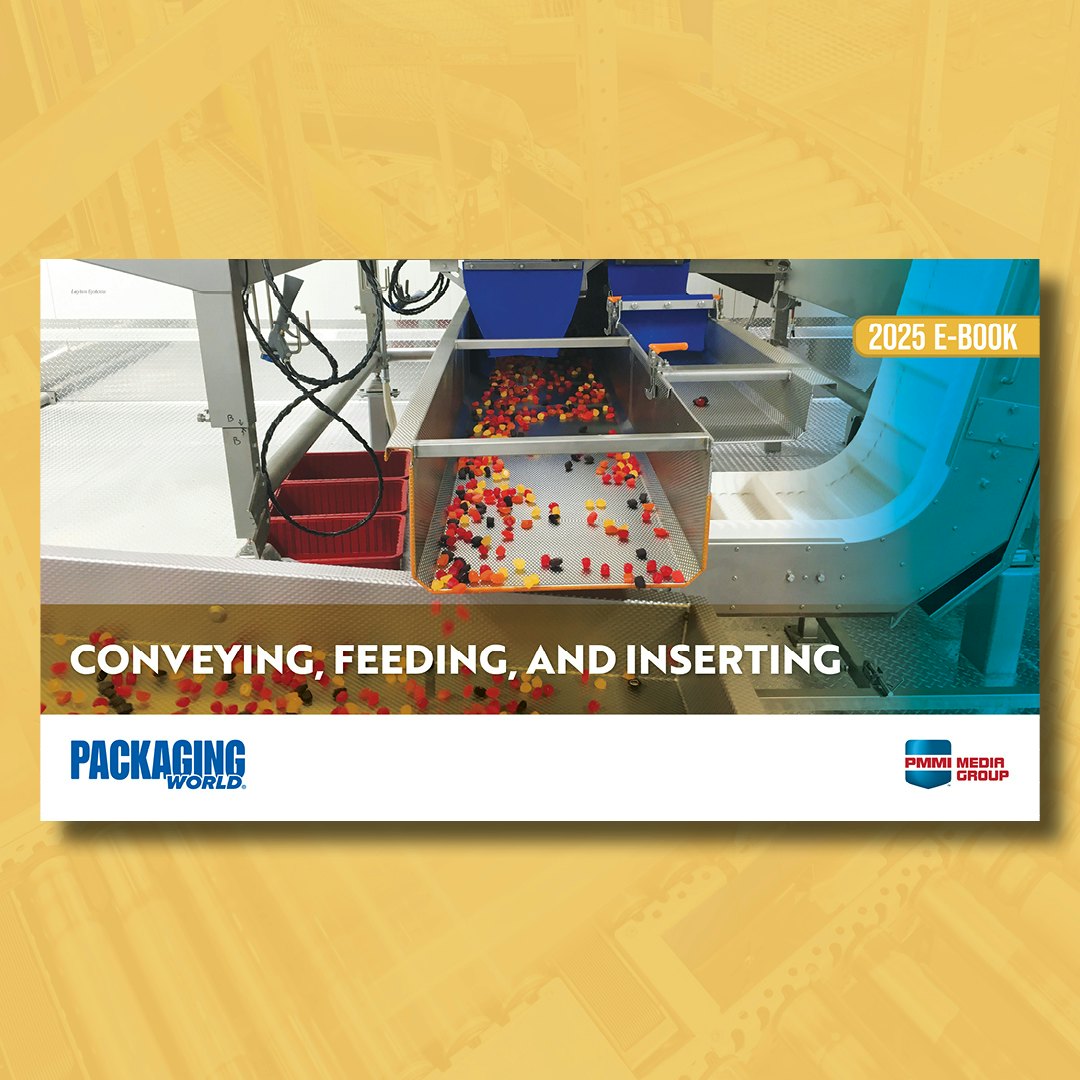
Annual Outlook Report: Workforce
Hiring remains a major challenge in packaging, with 78% struggling to fill unskilled roles and 84% lacking experienced workers. As automation grows, companies must rethink hiring and training. Download the full report for key insights.
Download Now










